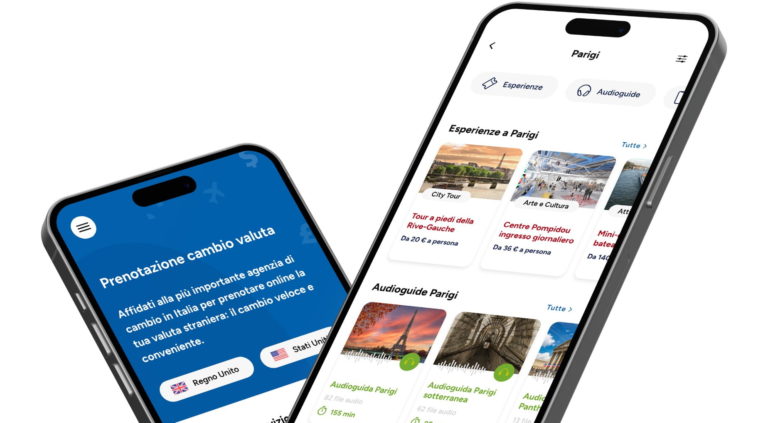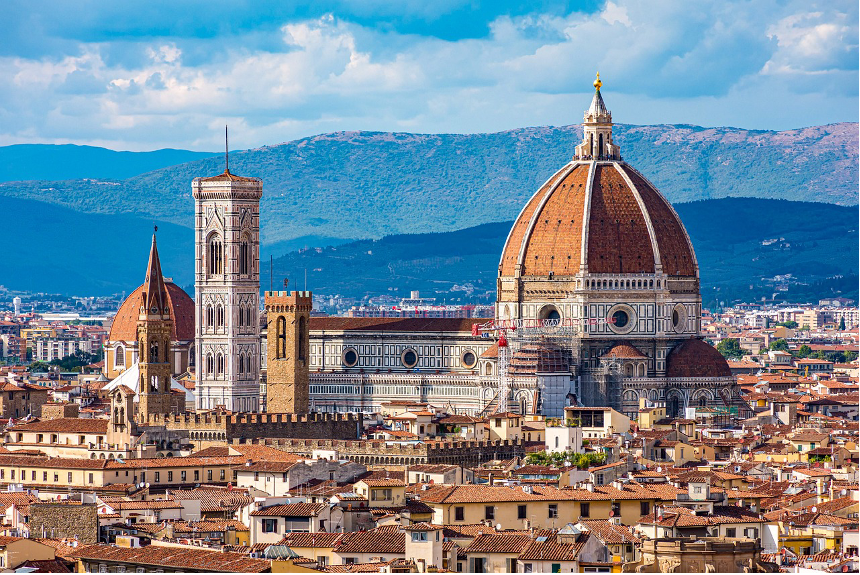
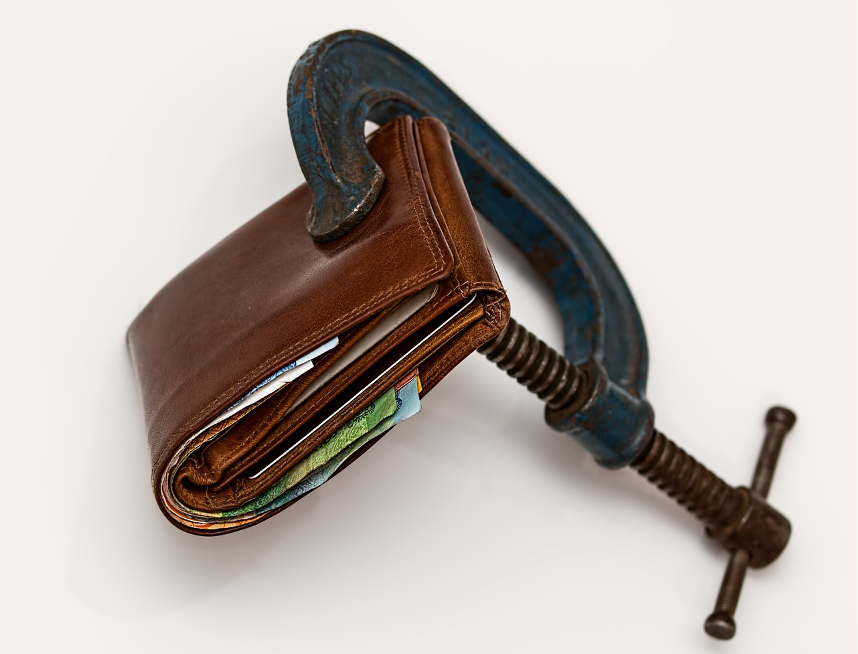
Travel budget: 5 tips to better manage holiday spending
- Blog
- 5 April 2024
Unexpected expenses, exorbitant cash withdrawals, cost of living beyond expectations and our travel budget is already over: there are many inconveniences to contend with when travelling on a tight budget. However, by organising yourself in the best possible way and following some useful tips on how best to manage your travel expenses, you can enjoy a holiday without crazy expenses, but not too many deprivations either.
- Find out about the living costs – Before leaving for your travel destination, it is a good idea to find out about the cost of living and the expenses for eating, sleeping and travelling. This is a good way to better manage your budget without unpleasant surprises.
- Keeping track of how much you spend – This is a good way to avoid nasty surprises if you are travelling on a tight budget. Keeping a record of all outgoings will allow you to always have a clear overview of the situation, to better manage your travel expenses and to know when to limit yourself.
- Carry only the necessary – A useful solution to limit temptations, but also to avoid nasty mishaps – such as theft – and to keep a better eye on how much we spend.
- Keep a cash reserve for emergencies – It is always a good idea to keep cash aside in case of emergencies, such as in case you are unable to withdraw money or urgently need money for unexpected expenses.
- Make currency exchange in advance to save – Save money while travelling by avoiding unnecessary expenses on currency exchange and ATM withdrawals. For example, by booking your currency exchange with Forexchange online or over the phone, you can save on exchange fees, saving your travel budget for other expenses.
Ultime news

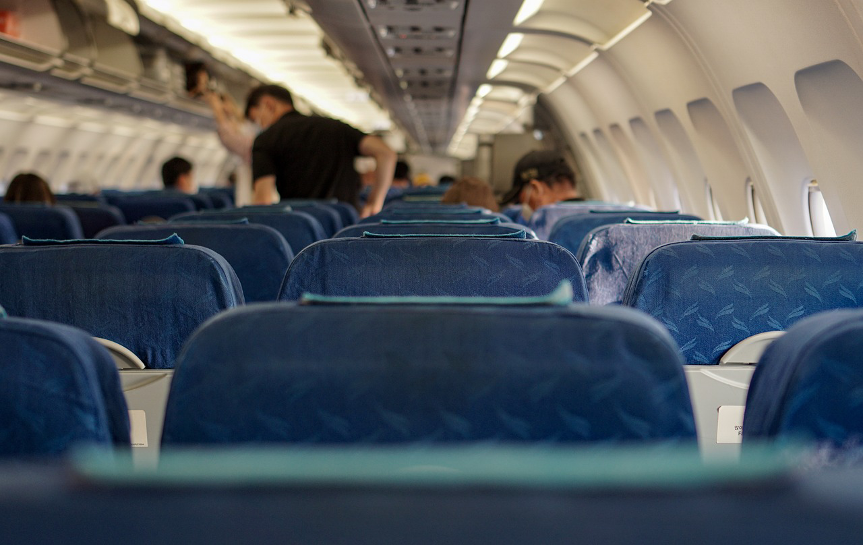
Long Flight? Here’s how to sleep well on a plane
4 October 2024
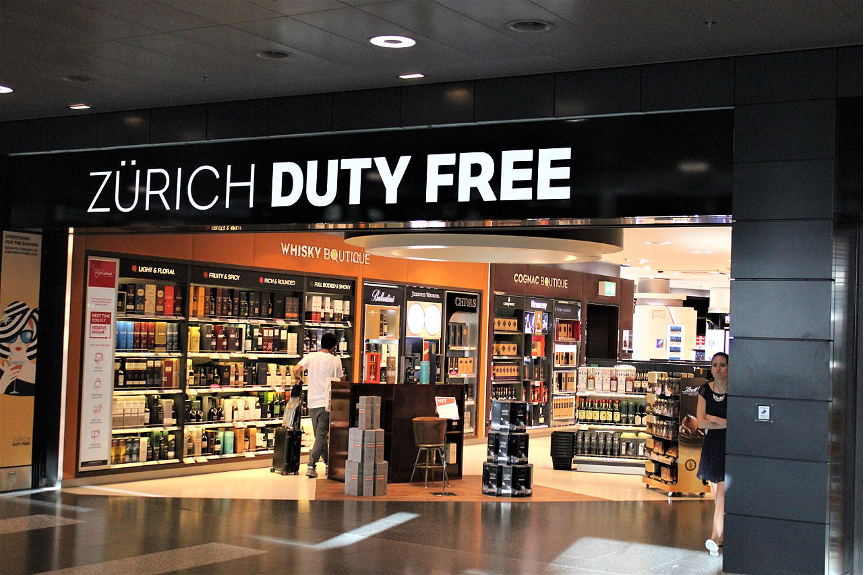
How Duty-Free Shops work: curiosities and advantages
27 September 2024
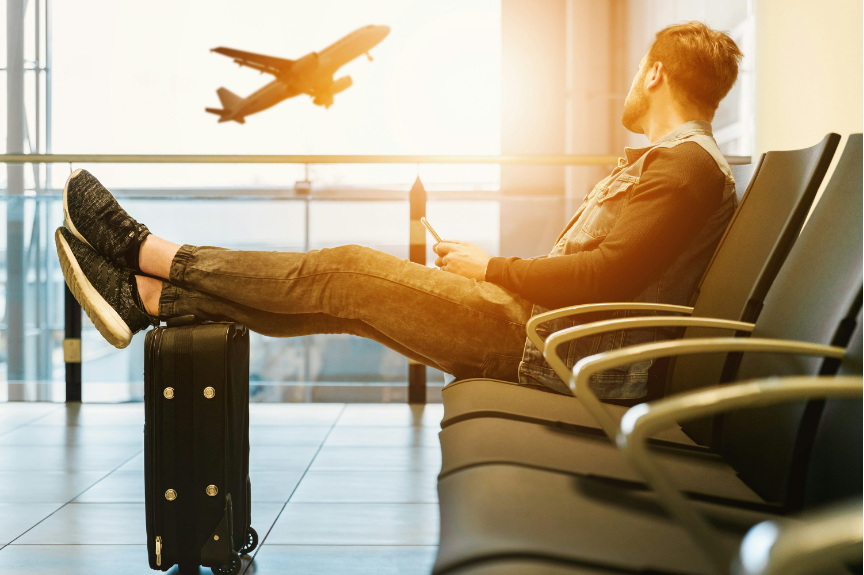
Forexchange’s new currency exchange app
26 September 2024

